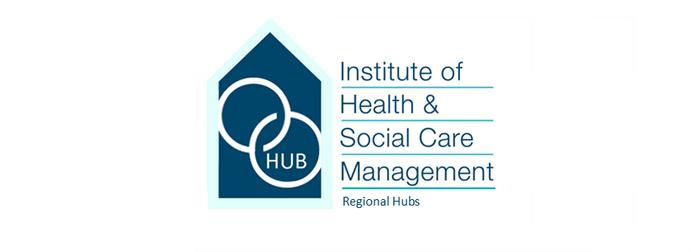
5 minute read
West Midlands - Health inequalities – and our role in public health
Health inequalities – and our role in public health
Authors: Dr Nicky Eddison and Dr Ros Leslie Trust: RWT
Health inequalities are ‘unfair and avoidable differences in health across populations and between different groups within society. Inequalities in health have been further exacerbated by the Covid-19 pandemic which has taken a disproportionate toll on our most vulnerable groups, including some ethnic minority communities and people living in the most deprived areas. The concept of equity in health has been examined and wider determinants of health identified, including concepts such as 1) general socioeconomic, cultural, and environmental conditions; 2) living and working conditions; 3) social and community networks; 4) lifestyle factors; and 5) individual factors such as age, sex, and constitution.

Health inequalities are complex and challenging. In 2008 a commissioned review recommended that reducing health inequalities would require action and specific policy objectives, since then health and health inequality has generally worsened5. This lack of equality matters, as some of the people most at risk of experiencing health inequalities are also often those who find it the hardest to access high-quality support . Tackling these inequalities is of paramount importance for public health.



May 2022 35


How will the digitalisation of healthcare affect health inequalities? Digital transformation is cited as a key priority of the NHS Long Term Plan to reduce face-to-face outpatient appointments by up to a third by 2024 and most patients are expected to receive a “digital first” option by 20298. As a result of the planned telehealth expansion, there have been concerns that the digital transformation will widen the digital divide for certain populations when telehealth becomes ubiquitous.
We must be mindful to embrace new and innovative ways of delivering healthcare, noting that telehealth has the potential to reduce health inequalities e.g., reduction in financial cost to patients of attending hospital appointments, the reduction in the burden of treatment for patients with chronic and complex health conditions. Telehealth can also make access to healthcare easier for vulnerable communities including homeless people and people with mental health problems or debilitating illnesses.However, we must also be conscious of the risk of increasing health inequalities due to digital exclusion within certain groups.
Public health
Public Health was defined byAcheson, 1988 as “the art and science of preventing disease, prolonging life and promoting health through the organized efforts of society. Health professionals must go beyond health and medical care and acquire skills to reach out to the whole of society where the significant determinants of health are located, including working conditions, education, the environment, helping people improve their health and wellbeing, or preventing the deterioration of their health.


May 2022 36

Public health focuses on the entire spectrum of health and wellbeing, not only the eradication of particular diseases, in other words, we do not only have a responsibility to treat the sick we must also aim to keep the well, well.
The four domains of public health: Population healthcare – aims to maximise value, equity, and good outcomes by focusing on the needs of the population and delivering person centred services across the entire health and care system (Groups of people where treatment is standardised for the group not individualised, not a clinical intervention).
Health protection – aims to protect the population’s health from communicable diseases and other threats, while reducing health inequalities (Communicable/infectious diseases or environmental impact, population wide, screening and immunisation).
Health improvement – describes the work to improve the health and mental wellbeing of individuals, communities, or populations through enabling and encouraging healthy lifestyle choices and developing resilience. (Non-communicable, lifestyle modifications, diet, exercise, MECC must not be something which is already part of your clinical role i.e., outside of what the patient was referred for).
Wider determinants –also known as social determinants, are a diverse range of social, economic and environmental factors which impact people’s health and wellbeing. Addressing the wider determinants of health and wellbeing has a key role to play in reducing health inequalities (Effects context in which people live).



May 2022

How can Allied Health Professionals at RWT contribute to public health? The Allied health Professional (AHP) workforce, led by Dr Ros Leslie, is planning a programme of public health initiatives, one of which will involve a series of videos educating RWT staff on the importance of foot health, foot posture and overuse injuries. Resulting in a repository of health education information for our staff and wider communities to access. Our skilled workforce will be visiting local schools and care homes to educate our communities on lower back pain and foot biomechanics, cardiovascular health, and reducing the risk of contractures and falls in Care Homes. We will also be launching a campaign on the importance of pelvic floor health, targeting our workforce and linking in with the local Women’s Institute, to ensure we reach the wider community.

In addition, our AHP researchers are actively exploring the impact of COVID-19 on our service users12,13 and wider communities, the impact of telehealth on health inequalities, service user experience, the burden of treatment and AHP telehealth guidance. RWT AHPs are also leading on an Office of Health Improvements and Disparities funded project exploring how each Allied Health Profession contributes to public health.



May 2022 38




Dr Nicky Eddison is an Associate Professor and AHP Research Lead. Dr Ros Leslie is the NonMedical Research Lead and Chief AHP

39May 2022












